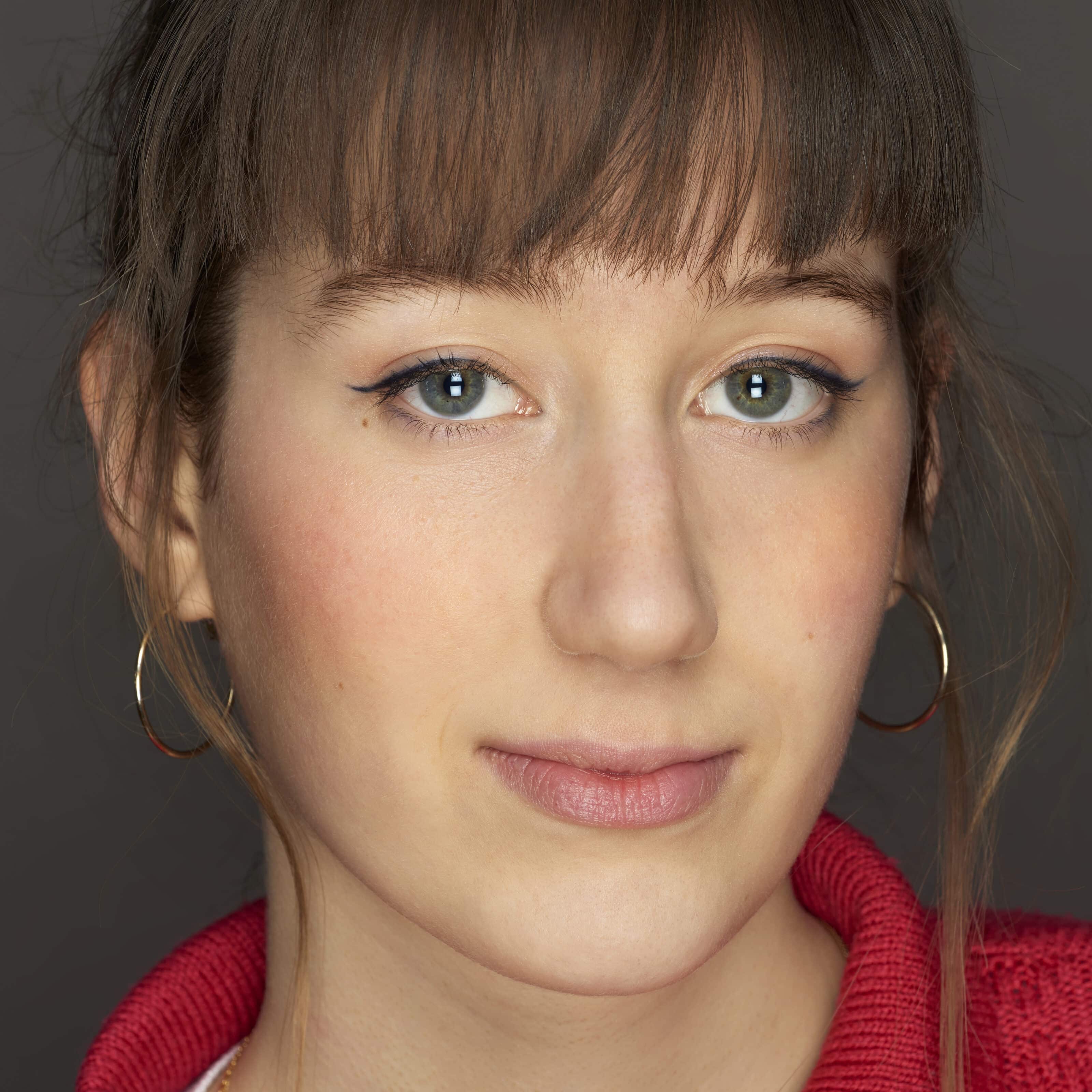With 243 days of drought forecast for 2050, Arles will rank among the driest towns in France over the coming decades. This situation testifies to the state of the climate and the upheavals to come. In an era of pandemics, climate disruption, and eco...




